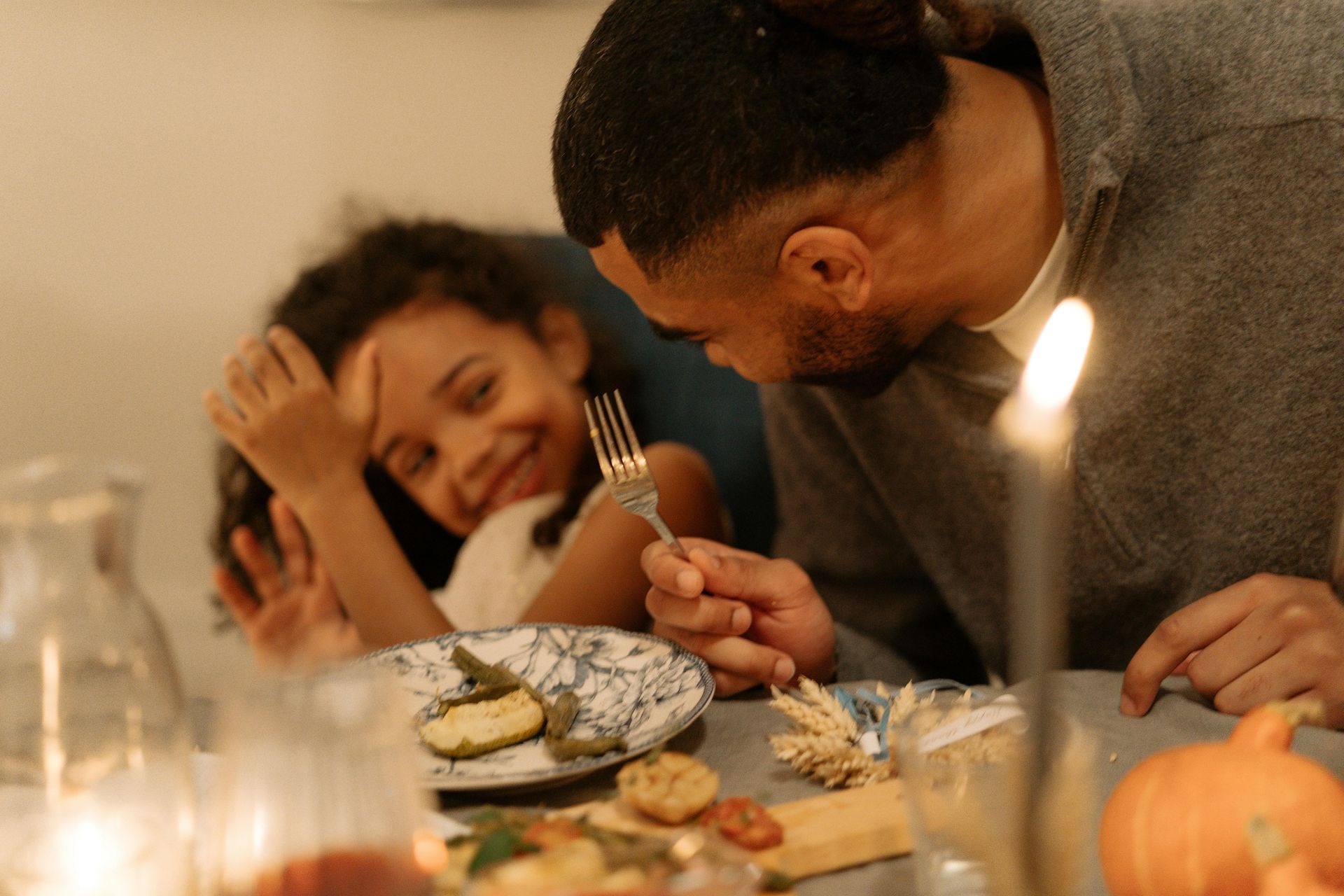Creating a Peace Plan for Your Home and Family This Holiday Season
As the year winds down, many families begin to feel the familiar shift that comes with the holiday season. Plans change, routines get disrupted, and schedules often fill more quickly than expected. These moments can bring joy and connection, but they can also create stress, unpredictability, and emotional strain, especially for caregivers already balancing full plates.
A Peace Plan can help.
It is a simple, thoughtful way of creating calm, comfort, and predictability for your home and family. It does not require perfection or rigid structure. Instead, it centers on small habits and gentle practices that help everyone feel supported, grounded, and connected.
Why a Peace Plan Matters During the Holiday Season
Even when holidays are meaningful, they often come with extra noise, changes in routine, and layers of responsibility that families do not experience during other times of the year. There may be gatherings, travel, shifting work schedules, or unexpected last-minute tasks. For children, older adults, and individuals who thrive with routine, these disruptions can lead to emotional overwhelm.
A Peace Plan offers a sense of steadiness.
It creates a foundation that helps everyone navigate the unpredictable moments with more comfort and less stress. When things feel chaotic, the Peace Plan serves as a reminder that calm is still within reach.
What Is a Peace Plan?
A Peace Plan is a simple, intentional set of routines, boundaries, and calming practices that help your home feel more grounded, especially when life feels busy. It is flexible, supportive, and meant to work for your family’s unique needs.
Your Peace Plan can include:
- predictable rhythms that make each day feel stable
- communication habits that reduce tension
- calming activities that help everyone unwind
- shared expectations that prevent overwhelm
- small self-care practices for caregivers
It is less about structure and more about emotional safety.
How to Build a Peace Plan for Your Family
1. Identify the moments that feel most stressful.
Is it mornings? Evenings? Transitions? Social events?
Naming stress points helps you create simple supports around them.
2. Create one or two predictable daily anchors.
Anchors are small routines that stay steady even during busy seasons.
Examples include:
- a quiet morning moment
- a shared family check-in
- an evening wind-down activity
These anchors offer comfort when everything else feels unpredictable.
3. Set gentle communication expectations.
Encourage simple habits like:
- letting family members know when plans change
- checking in emotionally after a busy day
- pausing to listen without rushing to fix
Clear, compassionate communication helps maintain peace.
4. Build in moments of calm for the household.
These do not need to be long.
A Peace Plan might include:
- soft lighting in the evenings
- low-stimulation activities like puzzles or warm drinks
- ten minutes of quiet time after returning home
- a calming playlist that becomes part of your family rhythm
These small cues can ease tension and restore balance.
5. Protect caregiver well-being.
A Peace Plan is not just about the home. It is also about you.
Consider including:
- a pause in your day to breathe or stretch
- time for rest when you feel overwhelmed
- permission to say no to added commitments
When caregivers feel supported, the whole home feels the difference.
Making the Peace Plan a Family Conversation
A Peace Plan works best when everyone feels included.
You can gather your family and talk through:
- what helps each person feel calm
- what makes days easier
- what gets overwhelming
- what routines everyone wants to keep
These conversations help each family member feel valued and heard. They also help you understand where extra support might be needed during the holiday season.
A Calm Foundation for a Busy Season
The holidays will always bring a mix of excitement and unpredictability. While you may not be able to control every moment, you can create a home environment that supports peace, connection, and emotional safety.
A Peace Plan helps you approach the season with intention.
It reminds your family that calm is something you can create together.
And it offers a gentle foundation that carries you not just through the busy months, but well into the new year.
You deserve a home that feels steady.
Your family deserves a season filled with comfort, connection, and moments of true peace.
Looking for more simple, supportive tools for the loved ones in your care? Enjoy these additional resources and explore our blog for ideas that help you nurture connection, one moment at a time. Or, Join our mailing list where we share more resources that accompany our blog posts.
Join Our Mailing List










